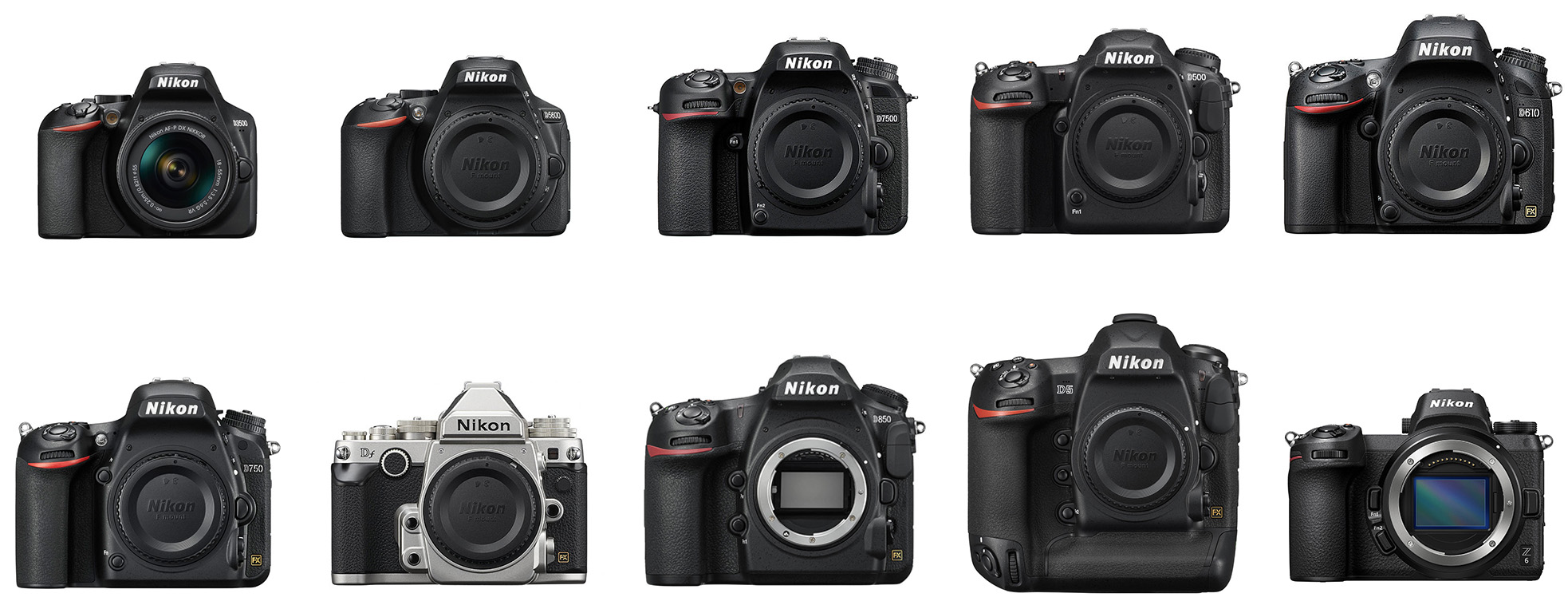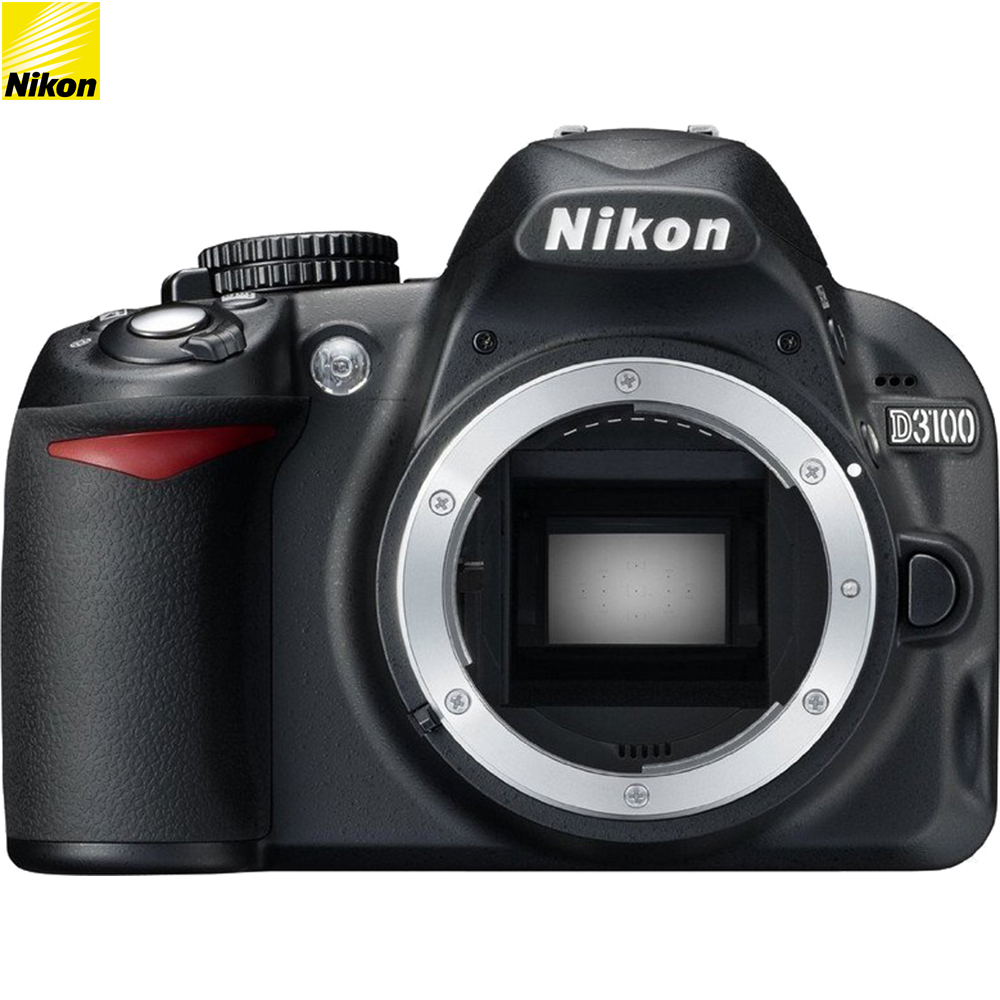

Getting things in focus is always the challenge when shooting infrared, which normally involves looking at the marks on the lens and doing a lot of guessing. However it is new enough to have Live-view, which should be a godsend to infrared photography. It doesn't support autofocus for older lenses (which makes up most of my collection) but autofocus isn't important (or specifically, never works) for infrared. This is an entry-level DSLR, which had been bought and basically never used. As fate would have it, someone gave me a "spare" Nikon D3200. I made a note to buy a second-hand camera, something good but old, that I could sacrifice into a new IR camera. Unfortunately the reason I had upgraded to a new camera is that the D80 was reaching the end of its life, the shutter mechanism kept jamming, and despite a perfect modification I only got a few days of use out of it before the shutter gave up entirely. Disassembling the D80 to get to the sensor took maybe 20 minutes. That was such a relatively simple task that I didn't write up anything about it. I have done this in the past: when I upgraded from a D80 to a D7100 I turned the old D80 into an IR camera. So the best thing to do for digital infrared photography is to replace the IR-Cut filter with an IR-Pass filter.

That basically defeats the point of an SLR.


For one, you need a different filter for each size of lens you have, but more importantly, if you're blocking infrared light from entering the lens, the viewfinder is no longer usable. You'd think this is the best solution, because you can stick IR filters on the front of lenses if you want to block visible light, but the fact is it's incredibly inconvenient to do that. Some people call this a "full spectrum" modification, although a bare sensor is hardly full-spectrum. Most of the time you don't want it, but if you're trying to do infrared photography, that filter has to be removed. In front of the sensor in a DSLR camera is an IR-Cut filter, which blocks infrared light from hitting the sensor.


 0 kommentar(er)
0 kommentar(er)
